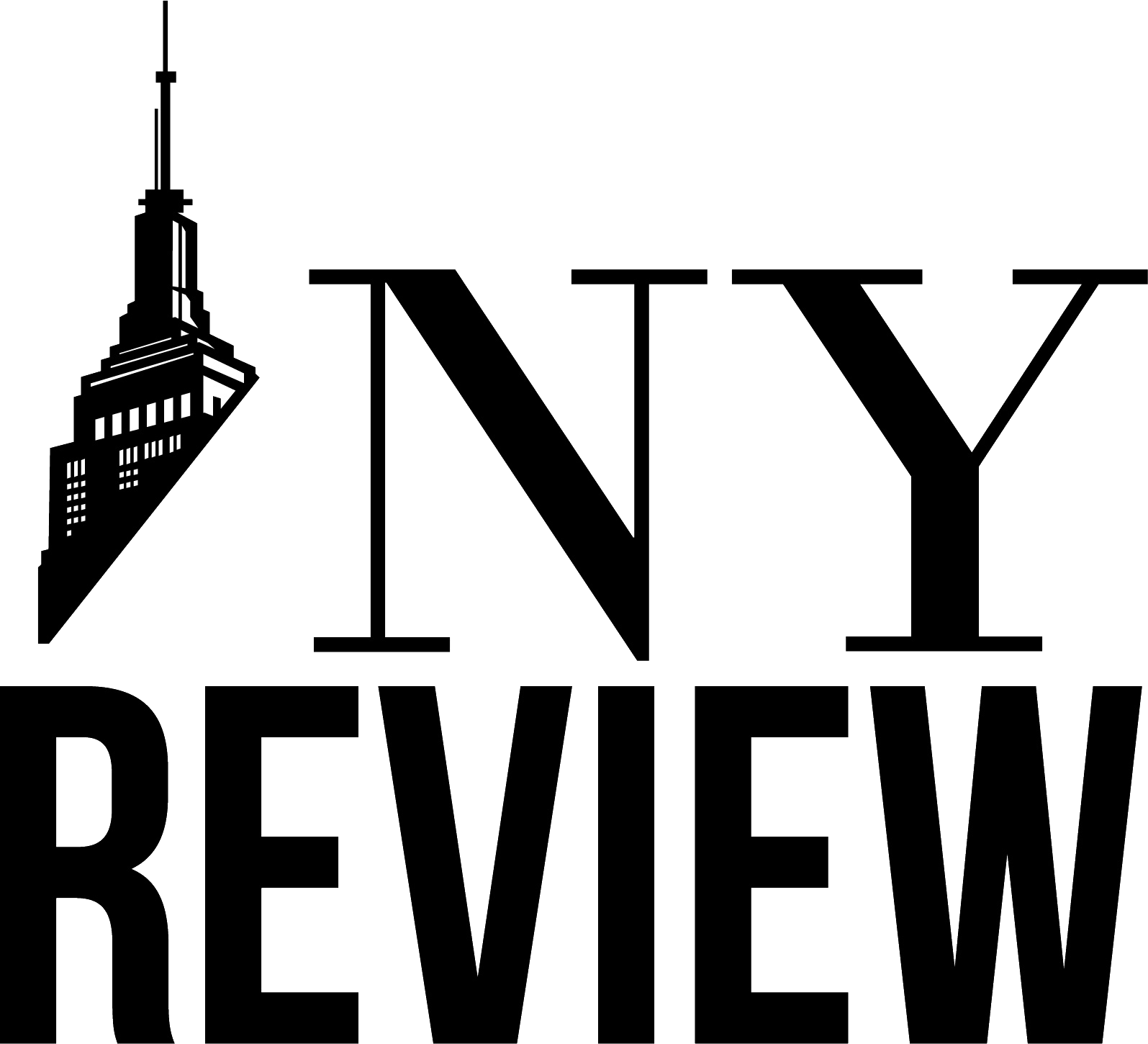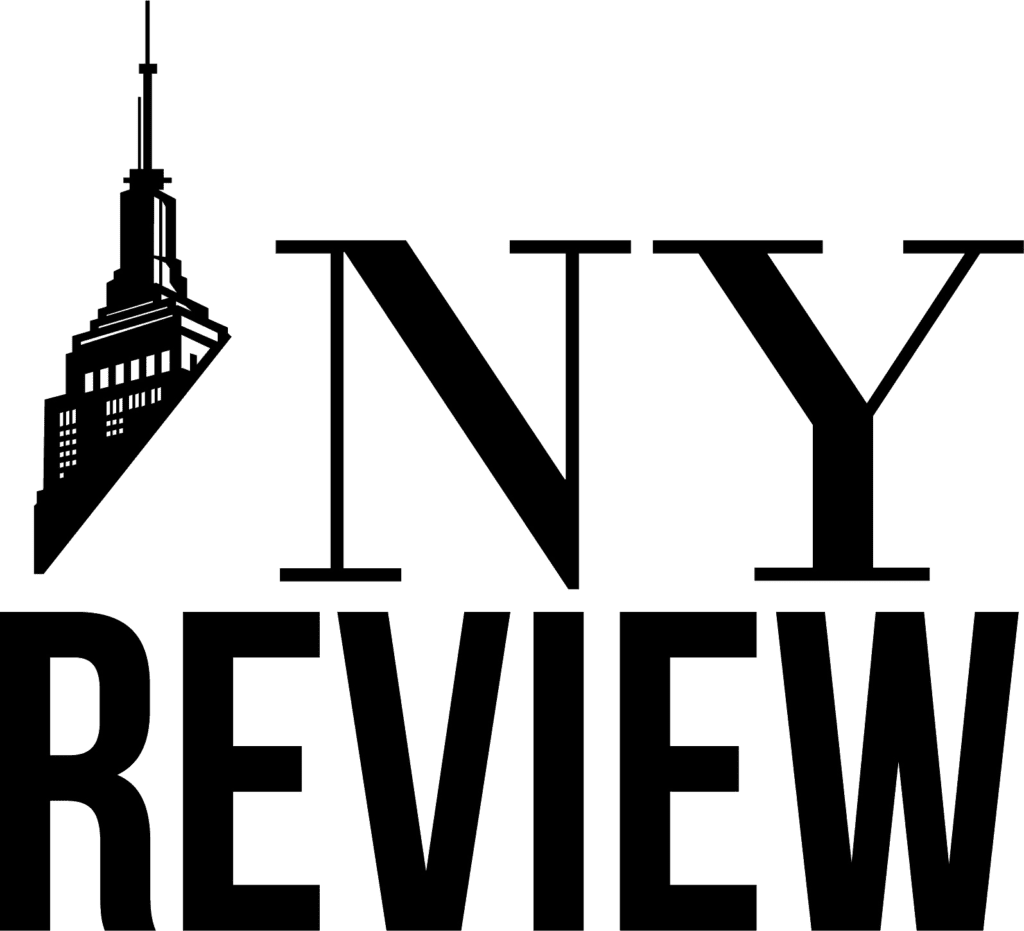A Celebration of American Arts and Culture
The National Arts and Culture Leadership Conference 2025, held in New York City from May 19 to May 21, was a powerful gathering of leaders in the arts, culture, and creative industries. Hosted at the iconic Lincoln Center, the conference explored the transformative power of the arts in shaping American culture, addressing social issues, and fostering community resilience. The event was attended by thousands of artists, curators, philanthropists, and government officials who gathered to discuss the role of the arts in post-pandemic recovery and the future of creative expression in the U.S.
Keynote speakers included Dr. Deborah Willis, a leading scholar in African American art history, Michael H. Steadman, CEO of the National Endowment for the Arts (NEA), and legendary actor and activist Kerry Washington. The conference underscored how the arts are not just essential for cultural identity but are also vital for economic recovery, social cohesion, and mental well-being.
Innovations in Arts Funding and Accessibility
A central topic of the conference was the importance of equitable funding and access to the arts. As communities continue to recover from the COVID-19 pandemic, many arts organizations are still facing significant financial challenges. Michael H. Steadman highlighted the NEA’s commitment to increasing federal funding for arts organizations, particularly those in underserved communities. “The arts are a powerful force for healing and connection, and we must ensure that everyone, no matter where they live, has access to the creative resources they need,” Steadman said.
The conference also showcased innovative funding models, such as the creation of new community-based arts grants aimed at supporting local artists and cultural projects in underserved neighborhoods. The grants are designed to help close the gap between big-city institutions and smaller, grassroots organizations that have long struggled with limited resources.
The Role of Technology in Arts and Culture
A major highlight of the conference was a session on the role of technology in reshaping the arts landscape. Digital platforms like Instagram, YouTube, and TikTok have become vital tools for artists to reach audiences globally, and the conference explored how technology can further democratize access to art and creative careers.
Notably, the conference featured a presentation on the future of virtual reality (VR) and augmented reality (AR) in the arts. Artists discussed how VR and AR are being used to create immersive experiences that transport viewers into virtual art galleries, performance spaces, and historical sites, allowing for a more interactive and engaging experience of art.
The Economic and Cultural Impact of the Arts
The cultural and economic impact of the arts was another key focus of the conference. According to the NEA, the arts contribute over $800 billion annually to the U.S. economy, supporting millions of jobs in fields like performing arts, museum curation, and creative industries. Panel discussions highlighted how the arts not only promote cultural dialogue and understanding but also provide significant economic benefits through tourism, entertainment, and job creation.
One session focused on the return of live performances, which have been slowly recovering from pandemic restrictions. Broadway, which has long been a symbol of American culture, was spotlighted as a key driver of the entertainment industry’s recovery. The session underscored the challenges faced by the theater community, particularly the need for more inclusive representation on stage and behind the scenes.
Behind the Scenes: Collaboration and Innovation
Behind the scenes, the conference encouraged collaboration between artists, arts organizations, and tech companies. Partnerships between arts institutions and tech companies like Microsoft and Apple are helping to fund digital transformations in museums and theaters, providing them with the tools needed to engage audiences in new and innovative ways.
In addition to technological advancements, the conference served as a space for artists and arts organizations to network, exchange ideas, and explore new funding and collaboration opportunities. Many arts organizations were introduced to new philanthropic partners, ensuring that their projects can continue to thrive in a rapidly changing cultural landscape.
The Long-Term Impact: A Creative Future
The National Arts and Culture Leadership Conference 2025 left a lasting impact on how the arts are viewed in American society. The conversations and collaborations that took place will help shape the future of arts funding, accessibility, and representation. As the arts continue to play a critical role in American life, the conference demonstrated the importance of public and private investment in supporting creativity, innovation, and cultural diversity.
The next steps following the conference will be focused on sustaining these conversations and ensuring that the arts remain accessible to all Americans, particularly those who have been historically underrepresented in cultural institutions. Through innovation, collaboration, and inclusivity, the future of American arts and culture is set to be more vibrant and resilient than ever before.


